Gray Willows Wetland Mitigation Bank
The Gray Willows Wetland Mitigation Bank involved the design, permitting, construction, and ecological management of 95 acres of open space owned by Campton Township. This multi-year project aimed to reestablish, rehabilitate, and restore environments to their ideal state. Work began with pre-seeding weed control, tile removal, and minor grading before the installation of 150,000 plant plugs and seeding. This effort added several new plant communities and revised many of the species lists and quantities originally proposed, bringing added benefit to the ecosystem. Once wetland hydrology and vegetation performance standards were achieved, our team began annual maintenance to ensure continued success through the savanna, prairie, and wetland habitat.
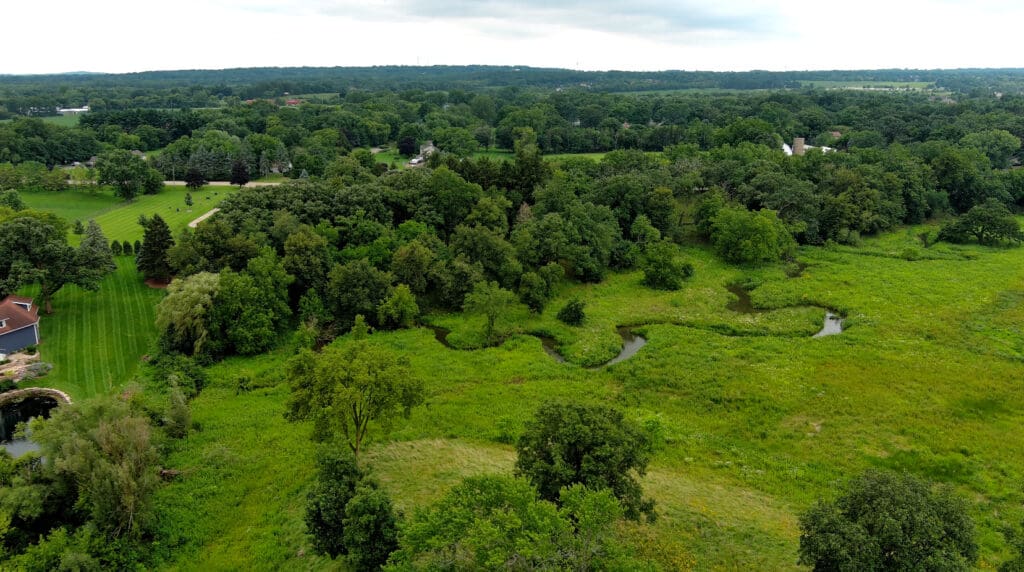
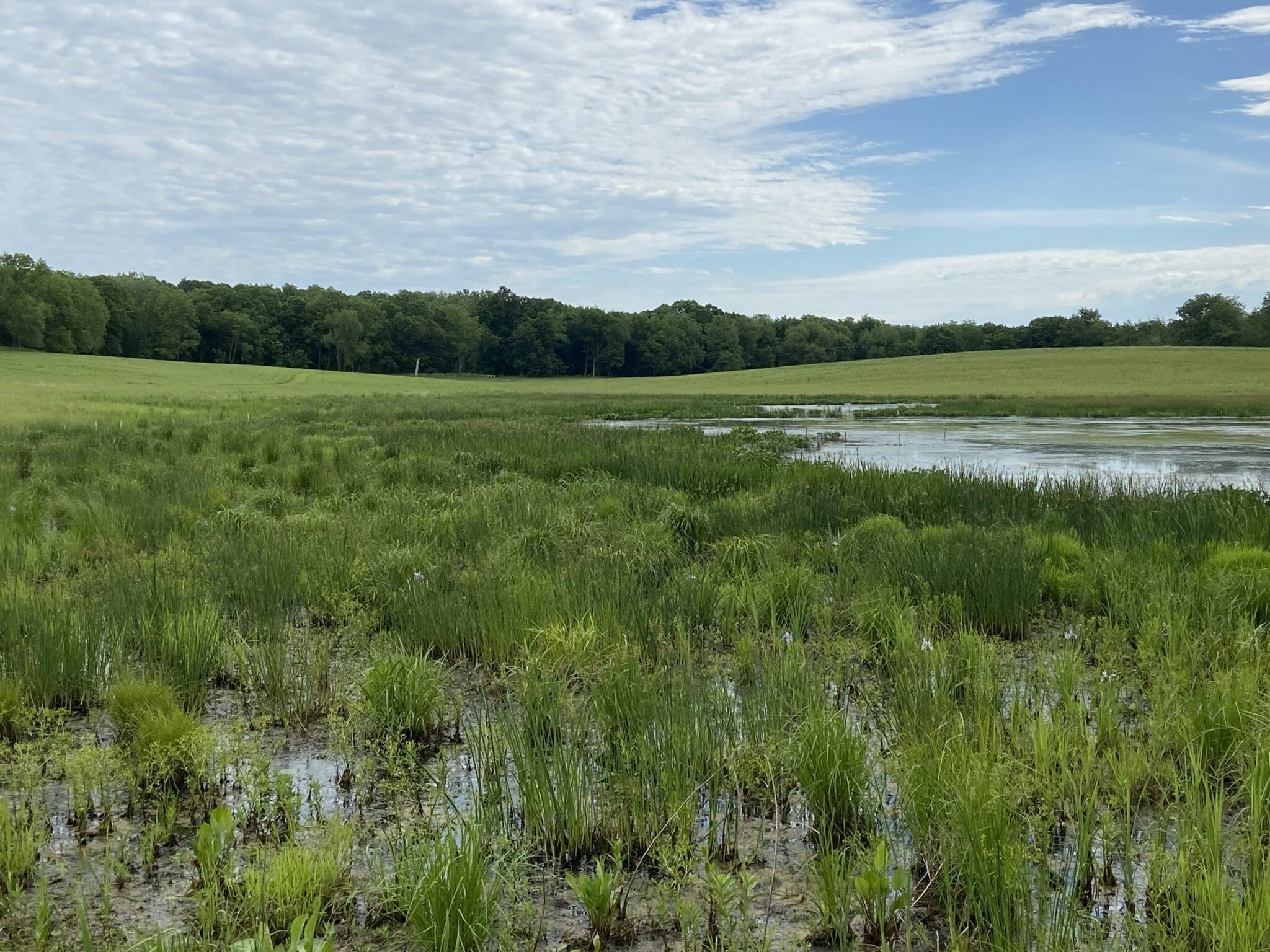
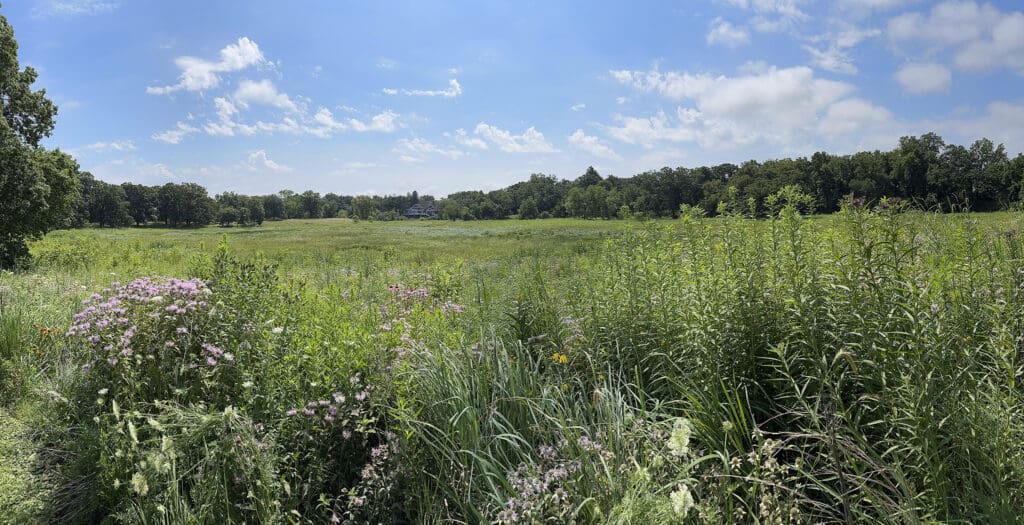
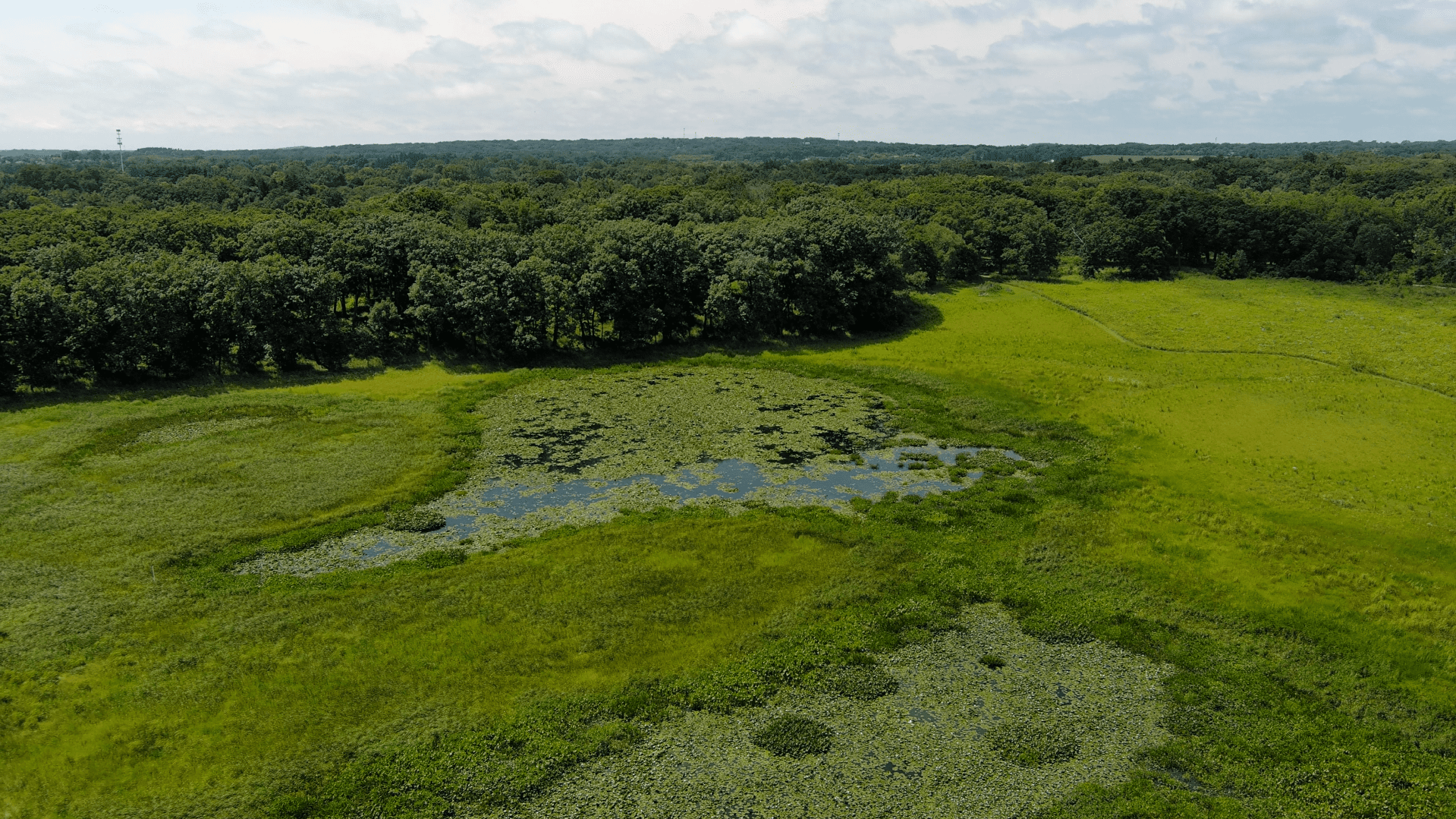
Market Sector
Parks, Recreation & ConservationPrimary Service Lines
Contracting & Construction Management, Surveying, Wetlands & EcologyRegion
ChicagoAdditional Info
Project Highlights:
- The property is comprised of existing wetlands, Ferson Creek, agricultural areas, oak-dominated woodland and savanna, and ravines.
- The mitigation bank approval process began with the preparation and submittal of the wetland mitigation bank prospectus to the USACE and the Interagency Review Team, which includes the US Fish and Wildlife Service and the USEPA. Upon review and approval of the prospectus, the wetland mitigation bank instrument (MBI) was prepared. The MBI was approved in April 2017 and is the legal document for the establishment, operation and use of the mitigation bank.
- The mitigation bank provided 52.37 acres of wetland mitigation credits. The credits were derived from 32 acres of wetland creation, 16 acres of wetland enhancement, four acres of stream restoration, 27 acres of woodland and savanna enhancement and 17 acres of prairie restoration. For purposes of the wetland mitigation design and related ecological management, 12 vegetation management zones were identified throughout the 95.76 acres of the wetland mitigation bank.
- The wetland hydrology standards were achieved in 2019 and the interim vegetation performance standards were achieved in 2020, both of which resulted in credit releases. Based on 2021 monitoring results, the third year of the management period, all of the wetland reestablishment areas achieved the five-year performance standards.
- The Adaptive Planting and Seeding Plan shows the communities installed based on post-tile removal hydrology conditions.
Related Projects

Norton Crossing
This project is designed to breathe new life into the area by demolishing over 18 acres of condemned housing and creating a new apartment complex, a …

Parker Civic Center
This 50,000-square-foot civic center showcases a blend of thoughtful design and community collaboration. V3 was instrumental in the site design, …

Highland Park Apartments
This modern mixed-use residential complex offers high-quality living spaces with convenient access to urban amenities.
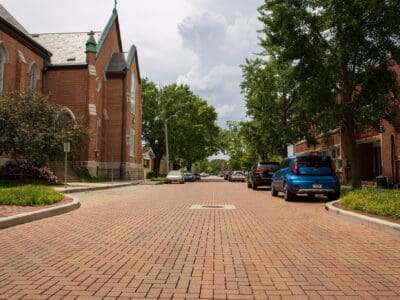
North Street Reconstruction & Integrated Stormwater Management
The North Street project not only addresses stormwater management but also serves as a catalyst for neighborhood revitalization and economic …
